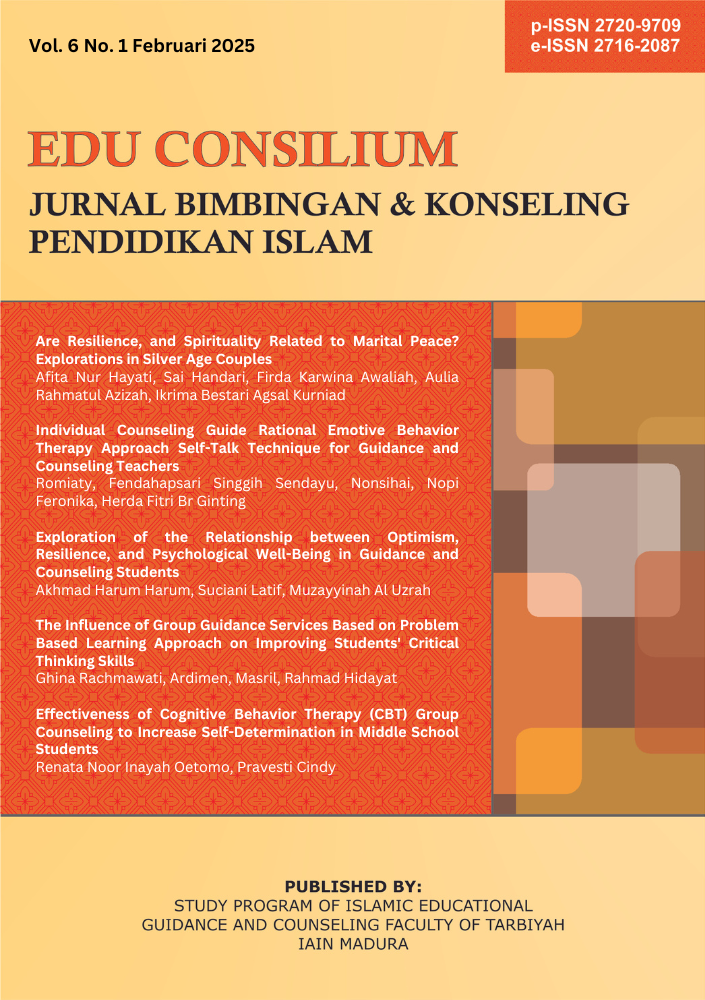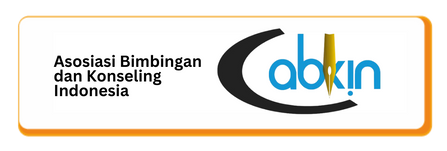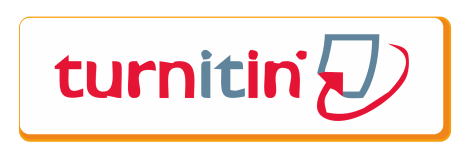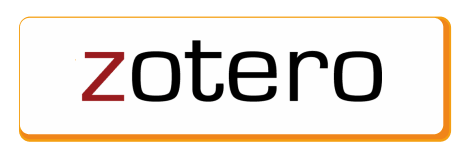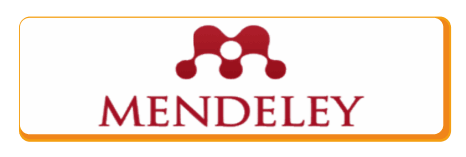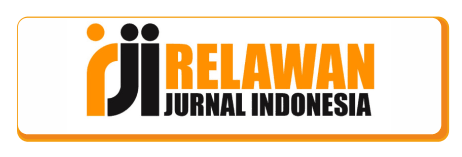Collaborative Counseling Model in Religious Learning for People with Disabilities
 Abstract views: 72
,
Abstract views: 72
,
 PDF downloads: 66
PDF downloads: 66
Abstract
This study examines the collaborative guidance and counseling model for individuals with disabilities in a religious education environment in Madura. This study addresses key questions: How do individuals with disabilities learn Islamic teachings? How do they fulfill religious obligations? What is the role of parents, siblings, and peers in providing social support? This study used a qualitative approach. Data were collected through in-depth interviews, participant observation, and document analysis. The researcher conducted direct observations that allowed for in-depth experiences with families, educators, and students. Data triangulation was obtained through various sources, including focus group discussions (FGDs) with teachers, parents, and individuals with disabilities. The location of the study was SLB Api Alam Tlanakan. The findings indicate that (1) religious values are internalized in both structured (Special School) and unstructured (family and social environments) environments; (2) economic constraints affect the family's ability to support religious education; and (3) religious education plays a unique role in shaping the behavior and identity of individuals with disabilities. This study highlights the importance of community involvement in religious education for individuals with disabilities.
Downloads
References
Adames, H. Y. (2022). Succeeding as a therapist: How to create a thriving practice in a changing world. American Psychological Association.
Annajih, M. Z. H., & Saidah, I. (2023). Revitalisasi Peran Konselor: Arah Baru Konseling Berbasis Kipas Menuju Profesionalisasi Konselor. DA'WA: Jurnal Bimbingan Penyuluhan & Konseling Islam, 2(2).
Attila, F. L., Peasah, B. S. O., Ofori, S., Buabeng, D. N., Amoako, M., Ray, S., & Yeboah, G. (2024). Exploring the importance of collaborative approaches to community-based counselling interventions in local communities. Advances in Research, 25(4), 167–175. https://doi.org/10.9734/air/2024/v25i41092
Atues, H. K. (2021). Compilation study on gifted students and e-learning during the pandemic: Limitations, strengths and weaknesses. The Journal of Social Sciences, 54(54), 136–148.
Burke-Miller, J. A. C., & K. J. (2002). Public policy and employment of people with disabilities: Exploring new paradigms. Behavioral Sciences & the Law, 20(6), 541–557.
Clarke, H., & McKy, S. (2014). Disability, partnership, and parenting. Disability & Society, 29, 543–555.
Cozolino, L. (2021). The making of a therapist: A practical guide for the inner journey (Norton Series on Interpersonal Neurobiology). Norton.
Crowe, J. L. (2012). Transforming environmental attitudes and behaviours through eco-spirituality and religion. International Electronic Journal of Environmental Education, 3(1), 75–88. https://doi.org/10.18497/iejee-green.89151
Ferri, B. A., Keefe, C. H., & Gregg, N. (2001). Teachers with learning disabilities: A view from both sides of the desk. Journal of Learning Disabilities, 34(1), 22–32. https://doi.org/10.1177/002221940103400103
Gardner, H. (2011). Unschooled mind: How children think and the unschooled mind. Basic Books.
Gaymard, S. (2014). Social representation of work by women and young girls with intellectual disabilities. Life Span and Disability, 17(2), 145–173.
Heiman, T. (2002). Parents of children with disabilities: Resilience, coping, and future expectations. Journal of Developmental and Physical Disabilities, 14(2), 159–170.
Hjourne, E. (2017). Learning, social interaction and diversity—Exploring identities in school practices (p. 234). Sense Publishers.
Intellectual Disability Rights Service, I. D. R. S. (2009). Introduction to intellectual disability. Intellectual Disability Rights Service, 16.
Joyce, B., & Weil, M. (2003). Models of teaching. Prentice Hall of India.
Leow, F. T., & Neo, M. (2014). Interactive multimedia learning: Innovating classroom education in a Malaysian university. Turkish Online Journal of Educational Technology, 13(2), 99–110.
Long, S. (2017). Exploring which leadership styles are effective with millennial employees. ProQuest Dissertations and Theses. Walden University. https://search.proquest.com/docview/1978512367?accountid=26642
Long, S. (2017). Exploring which leadership styles are effective with millennial employees (Doctoral dissertation, Walden University).
Maulana, R., Opdenakker, M. C., den Brok, P., & Bosker, R. (2011). Teacher-student interpersonal relationships in Indonesia: Profiles and importance to student motivation. Asia Pacific Journal of Education, 31(1), 33–49. https://doi.org/10.1080/02188791.2011.544061
Meadan, H., & Monda-Amaya, L. (2008). Collaboration to promote social competence for students with mild disabilities in the general classroom: A structure for providing social support. Intervention in School and Clinic, 43(3), 158–167. https://doi.org/10.1177/1053451207311617
Paré, D. A. (2012). The practice of collaborative counseling and psychotherapy: Developing skills in culturally mindful helping. Sage Publications.
Perrotta, F. F. P. (2010). Disability of student in school age. Journal of Physical Education and Sport, 26(1).
Pervin, L. (2012). Psikologi kepribadian: Teori dan penelitian. Kencana.
Pope, K. S. (2023). Speaking the unspoken: Breaking the silence, myths, and taboos that hurt therapists and patients. American Psychological Association.
Shea, S. (2019). Listening to the powerless: Experiences of people with severe intellectual disabilities in an evangelical church. Religions, 10(4). https://doi.org/10.3390/rel10040287
Sobral, C. (2013). Collaborative action-research as training strategy for conflict mediation among children. Life Span and Disability, 4, 143–155.
Soemantri, S. (2006). Psikologi anak luar biasa. Aditama.
Woodworth, R. S., & Marquis, D. G. (1963). Psychology. Methuen & Co.
The journal operates an Open Access policy under a Creative Commons Non-Commercial 4.0 International license. Authors who publish with this journal agree to the following terms:
- Authors retain copyright and grant the journal right of first publication with the work simultaneously licensed under a
 Commons Attribution-NonCommercial 4.0 International License
Commons Attribution-NonCommercial 4.0 International Licensethat allows others to share — copy and redistribute the material in any medium or format, and adapt — remix, transform, and build upon the material.
- Authors are able to enter into separate, additional contractual arrangements for the non-exclusive distribution of the journal's published version of the work (e.g., post it to an institutional repository or publish it in a book), with an acknowledgement of its initial publication in this journal.
- Authors are permitted and encouraged to post their work online (e.g., in institutional repositories or on their website) prior to and during the submission process, as it can lead to productive exchanges, as well as earlier and greater citation of published work (see The Effect of Open Access).


